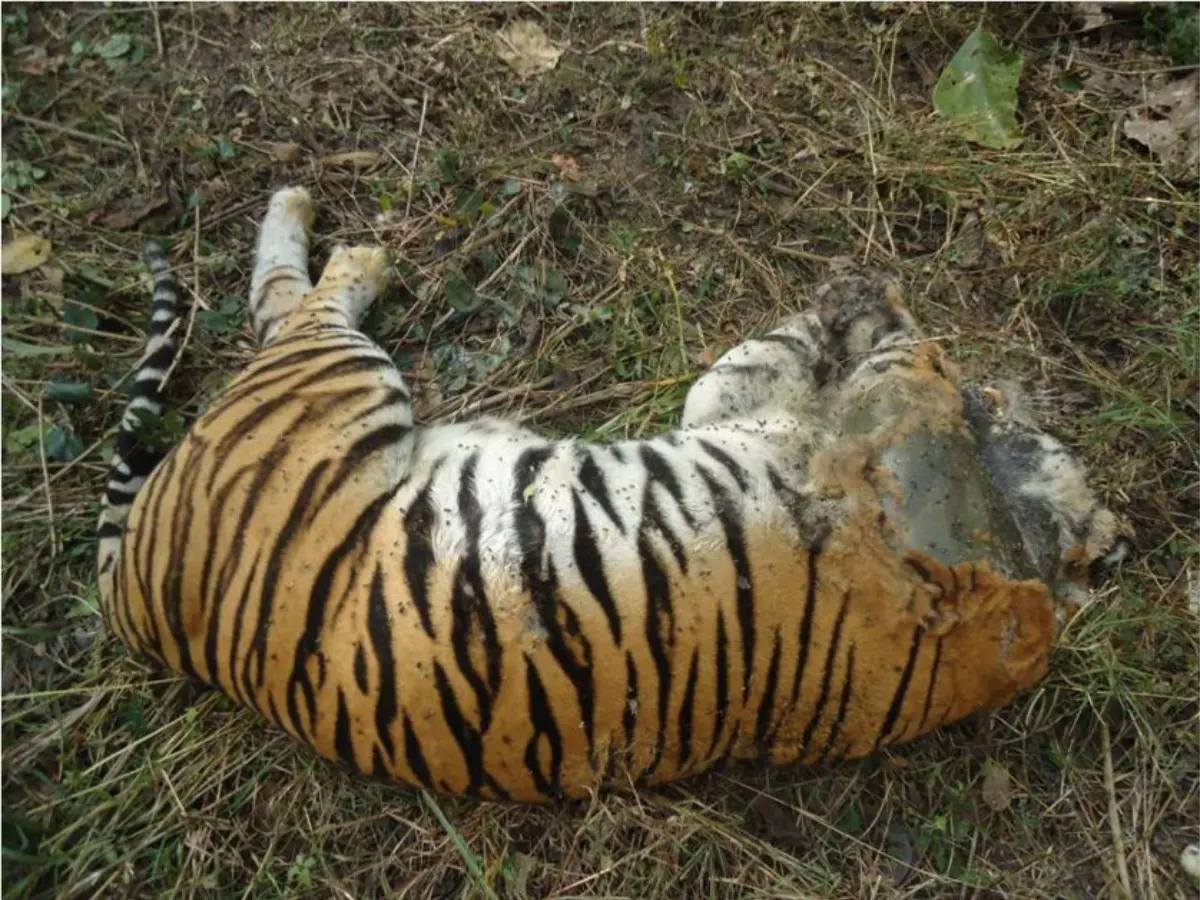Rising Tiger Deaths In Maharashtra From Electrocution Raises Alarm Bells
Maharashtra Chief Minister Uddhav Thackeray has directed multiple departments to work together cohesively for the protection of tigers in the state amid an increase in the number of big cat deaths.

Maharashtra Chief Minister Uddhav Thackeray has directed multiple departments to work together cohesively for the protection of tigers in the state amid an increase in the number of big cat deaths.
"A combined effort that includes taking the local citizenry into confidence with the assistance of the police department to create a network of informers should be prioritised while also creating public awareness on the imperatives of tiger conservation. This should be done even while joint patrolling is carried out and laws are strictly enforced and amendments to the law are made wherever required to provide for even stricter punishment," Thackeray said.
 BCCL/ Representational Image
BCCL/ Representational Image
Last week Thackeray had informed Maharashtra Assembly that as many as 23 tigers lost their lives in the state from January to July 2021.
Causes for death
The reasons recorded for the death of the tigers included the natural reason (15), railway accident (1), poisoning (4), electrocution (1) and poaching (2).
The Chief Minister further informed that out of the 23 dead tigers, 15 were adults and 8 were cubs.
Data collected by wildlife NGOs show that the number of big cat deaths in Maharashtra from electrocution are on the rise.
 BCCL/ File
BCCL/ File
Wildlife Protection Society of India (WPSI) revealed that in the last five years, beginning January 1, 2017 to December 31, 2021, at least 18 tigers have been electrocuted in the state. One tigress was electrocuted in Bhadravati on January 3, 2022.
IIegal fencing
Most of these deaths are caused by illegal electric fences around agricultural lands close to the forests or traps laid by poachers.
Though such high-power fences are illegal, farmers have been using them to keep their cattle and other livestock safe from wild animals.
Electrocutions from low-lying power lines passing through forest areas are also not uncommon.
 BCCL/ representational image
BCCL/ representational image
"Special tiger conservation teams have been set up at four tiger reserves in the state and a network of conservation huts were erected to facilitate the patrolling of remote areas. Wireless messaging system has been implemented in all the tiger project areas particularly, in the most sensitive areas. It was informed in the meeting that a joint patrol is being carried out by the Forest Department and MSEDCL to prevent the death of tigers and other wildlife due to electrocution," Thackeray said.
According to the latest estimate, there are 312 tigers in the state, most of them inhabitants of the Chandrapur district.
For more on news and current affairs from around the world, please visit Indiatimes News.
